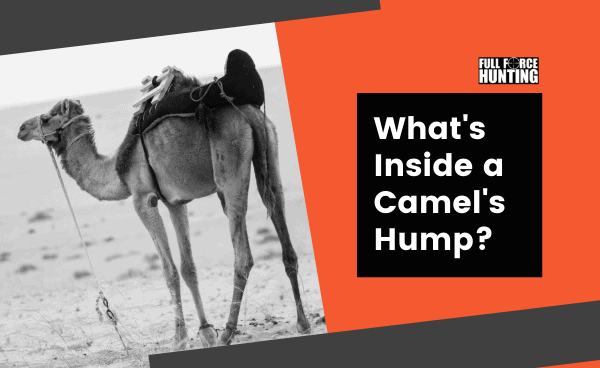Camel s humps are made up of fat not water

Camel’s humps are made up of fat, not water.

Introduction:
Camels have long been associated with their ability to store water in their humps. However, contrary to popular belief, camel’s humps are not filled with water. Instead, they are made up of fat reserves. In this article, we will explore the fascinating truth behind camel humps and delve into the science behind their fat-storage mechanism.
The Function of Camel Humps:
Camels are well-adapted to the harsh desert environments where water and food are scarce. Their humps play a vital role in their survival. The humps serve as reservoirs of energy-rich fat, which camels metabolize for sustenance when food and water are limited.
The Fat-Storage Mechanism:
A camel’s hump is made up of fibrous tissue and adipose (fat) tissue, which can collectively weigh up to 80 pounds (36 kilograms). The adipose tissue stores fat molecules, also known as triglycerides, which are released into the bloodstream when the camel needs energy. The fat is gradually metabolized, providing a source of energy that sustains the camel during extended periods without food or water.
Adaptability to Extreme Conditions:
Camels are capable of surviving for long periods without food or water, thanks to their ability to utilize the fat reserves stored in their humps. The humps act as a reliable source of energy, allowing camels to traverse vast distances in search of scarce resources. This adaptation enables them to endure extreme desert conditions and sustain themselves until they find the next source of food and water.
Water Conservation:
Another remarkable feature of camels is their ability to conserve water within their bodies. While their humps are not water-filled, camels have structured their bodies to minimize water loss. They possess several physiological adaptations that help reduce water loss, such as efficient kidneys that produce concentrated urine and the ability to reabsorb water from feces.
Conclusion:
Camels’ humps serve a crucial purpose in their survival, but they are not water-filled as commonly believed. Instead, their humps are filled with fat reserves, which provide energy during times of scarcity. This adaptation allows camels to endure long periods without food and water, making them well-suited for the challenging desert environments they call home.
Source:
Related Posts
Quick Links
Legal Stuff

